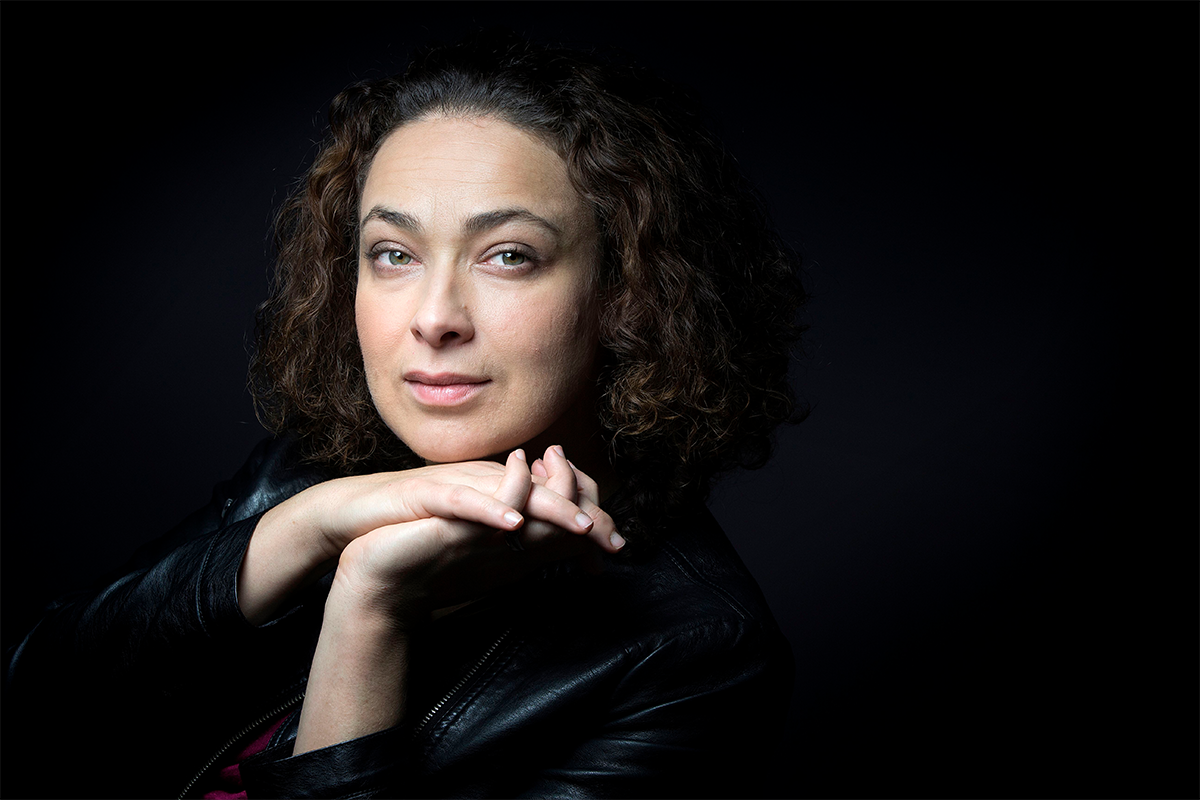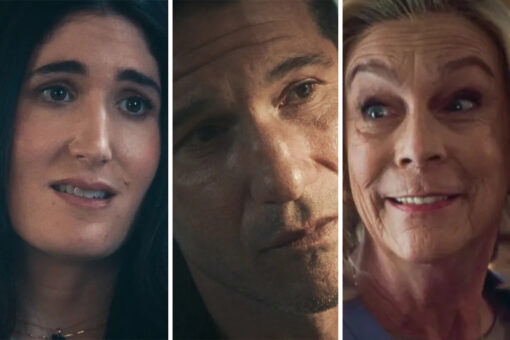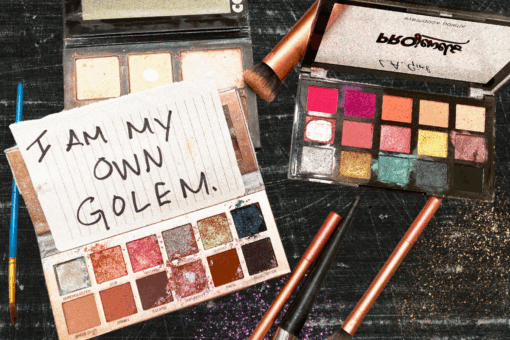Years into studying a fun smorgasbord of Jewish thought, theology and history, I assume most texts are written by Jewish men, for Jewish men. The Talmud? It only has seven named women in it. The Torah? Very few stories pass the Bechdel Test, the most famous being Ruth’s monologue to Naomi. The siddur? It consistently uses masculine language to describe whoever is praying — and masculine imagery of God as King and God as Lord, even though there are plenty of depictions of non-masculine God in the Jewish canon.
From Judith Plaskow to Avital Hochstein to Julia Watts-Belser to Ruth Calderon, Jewish-American and Jewish-Israeli women have greatly expanded the genre of voices present in the Jewish canon. As a student in Europe, I’m always searching for Jewish voices that are more continental (I’m still unsure if the UK counts), aren’t about the Holocaust and are from the last 25 years.
I was ecstatic when a friend recommended Rabbi Delphine Horvilleur’s works to me. She managed to meet all my criteria: She’s a prominent, liberal French rabbi who attended medical school before training as a rabbi. None of her books are about the Holocaust. And, lastly, she’s not only a contemporary thinker, but so hip that she’s made it on the cover of Elle France (très chic).
As of now, two books of hers are available in English, with more translations forthcoming. I started my journey into her works with “Antisemitism Revisited: How the Rabbis Made Sense of Hatred.” Originally published in 2019 as “Réflexions sur la question antisémite,” it succeeds as a succinct, yet not-just-academic exploration of antisemitism, primarily through rabbinic literature. Rather than being a book full of statistics and somber stories, Horvilleur’s text examines different manifestations of antisemitism from the rabbinic era to contemporary times. Her depictions of antisemitism as a “family quarrel,” a “clash of civilizations,” and “a war of the sexes” resonated with me. As each chapter builds on the previous one, Horvilleur mines old Jewish texts that she then connects to these manifestations of antisemitism.
Unless you’re someone like me, who considers Primo Levi’s “The Drowned and the Saved” a beach read because the title relates to water, “Antisemitism Revisited” isn’t a light summer read. It is, however, a book that will help you better understand that antisemitism is a hateful, destructive ideology whose existence predates the last 100 years of history; it didn’t begin with the Dreyfus trial or the Nazis. Since I finished the book, one particular insight of Rabbi Horvilleur’s continues to influence how I learn and how I teach: that the first man called a Jew (as opposed to a Hebrew, or an Israelite, or a Judean) in the Torah, Mordechai, appears at the same time as the first antisemite, Haman.
It’s the heroines, not the heroes, of the Purim story (Go Esther! Go Vashti!) that fit the theme of Horvilleur’s other book currently available in English: “In Eve’s Attire: Modesty, Judaism and the Female Body” focuses on a completely different topic. Published in French in 2013 under the title “En tenue d’Eve: Féminin, Pudeur et Judaïsme,” the English version just came out this year. Too often, men in positions of power — whether rabbis, community leaders or politicians — try to dictate women’s modesty. I found it refreshing to read about modesty, the female body and Judaism through the lens of a female rabbi, someone whose experience in the world has been shaped by existing in a female body.
From Sarah’s struggle with infertility to Israelite women being reduced to child-bearers by the Egyptians, many women in the Jewish canon, whether in the Talmud or the Torah, are often reduced to what their bodies can or cannot do. Horvilleur isn’t the first person to observe this. Yet she excels at weaving together various stories and their classical interpretations while also adding her own gloss. If you’re angry about how women have been reduced to their bodies, “In Eve’s Attire” explores what women’s bodies have been, and still can be, in Judaism — especially in modernity.
Once you’re finished with these two offerings, you’ll eagerly be awaiting the 2023 English release of another book. If you happen to read French, German, or Spanish, you needn’t wait: That third book, “Living With Our Dead,” (“Comprendre le monde” is the French title, which translates to “understanding the world”) is already available.
As a German speaker, I read “Living With Our Dead” early this year. Horvilleur’s experience not just as an intellectual, but as a rabbi, comes through as she intersperses biblical deaths with the deaths of her congregants and friends. The book is true to its title: Though organized around the deaths of individuals, it focuses on their lives and the continual impact they had on their loved ones, friends and communities. For those living in Western societies where ideas around death are often Christian-centered, this book is a great read for anyone wanting to understand more about what death, and rituals around it, look like in Judaism.
I’m very much in the Rabbi Delphine Horvilleur fan club (does writing an article make that obvious?) and am excited to read her future work. I’m especially grateful for a strong, female, liberal Jewish and European voice. Though my studies will require me to keep reading books published well over 100 years ago and produced by Jewish men (some of whom had great ideas, while others were, you know, Freud), I’ll continue to seek out works written by Jewish women and non-binary Yids. We’ve had 2000-plus years of primarily male voices adding to our written tradition. It’s time for non-male perspectives and insights to be taken seriously in the mainstream, and not just relegated to the feminist bookshelf.



